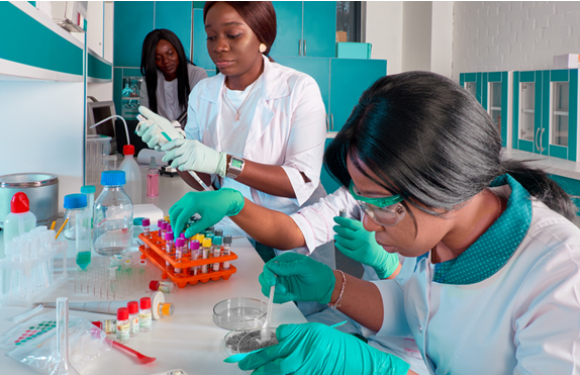How does a global science education program approach equity? As the ABE program deepens its commitment to providing relevant and accessible biotechnology education to all, we have found it valuable to take a moment to define and articulate our goals for addressing diversity, equity, and inclusion (DEI) in our work.
The OECD report Equity in Education describes equity as providing “equal learning opportunities for all students,” and notes that equity means that “students of different socio-economic status, gender, or immigrant and family background achieve similar levels of academic performance.” However, equity is not only about providing access to opportunity or ensuring that all students have access to the same thing (Shae, 2015). Rather, equity in education requires that learning experiences be meaningful to all students.
The challenges around ensuring greater educational equity and the definitions of what is meant by diversity are different from country to country, and the approaches for building an inclusive and equitable program are different at every ABE site. Because there is no one-size-fits-all solution, we have identified broader strategies that can guide resources and activities across the program and can be localized by each ABE site. Here we share these strategies and offer some insight into how we expect them to help ABE reach its equity goals.
Prioritize and value DEI across the ABE program. First and foremost, it is critical that we are clear that DEI is a core tenet of ABE at all levels of the program. This means both including it in our communications and making sure our communications reflect and represent our whole community. As part of this strategy, we will work with every site to develop their own DEI goals. Everyone who interacts with ABE should understand that the program welcomes them.
Include diverse perspectives and people as program designers, implementers, and participants. A program can only be improved by involving a variety of voices and perspectives. Across the ABE program, we hope to increase engagement with site staff, schools, teachers, and students who have been historically marginalized, and through their participation, work to make ABE a more inclusive program. We are also committed to practicing inclusive recruiting and hiring practices that build a strong and diverse internal team.
Develop resources and supports to increase ABE’s relevance and accessibility to a diverse range of students and communities. ABE understands that in order to support DEI, we need to continue our efforts to provide resources that engage students from different backgrounds. This can range from supporting culturally responsive pedagogy to creating curricula that build on real-world problems facing different communities.
Expand program implementation models to increase access and opportunities for diverse populations and communities. To reach teachers and students who have been unable or reluctant to participate in ABE for a wide range of reasons, it is important to be creative and flexible, broadening the ways that students can participate in ABE and offering different kinds of supports to teachers.
While the specific ways these strategies will be translated into actions will depend on local needs, ABE expects that in the coming years, we will be able to share progress in making the ABE experience relevant and accessible to all students.
